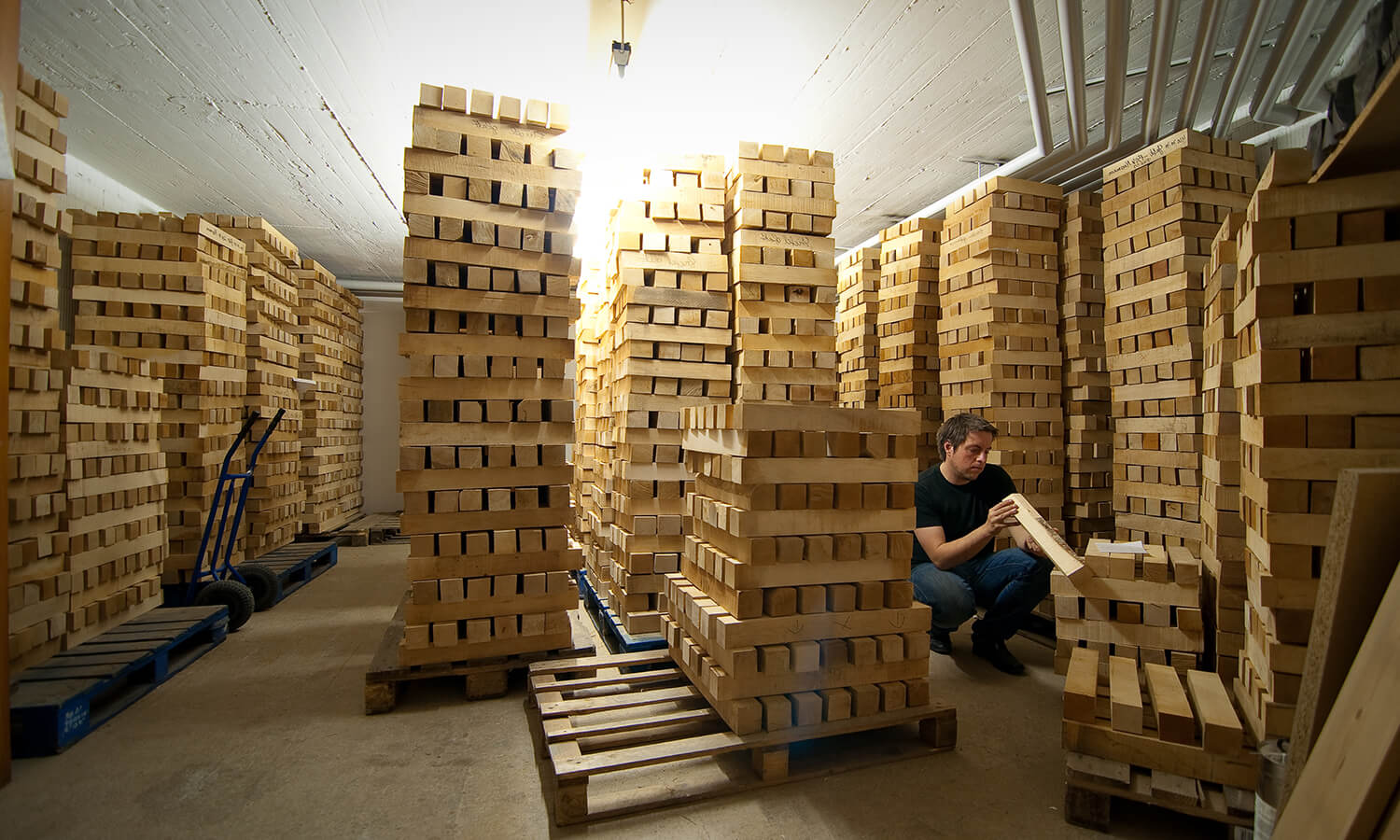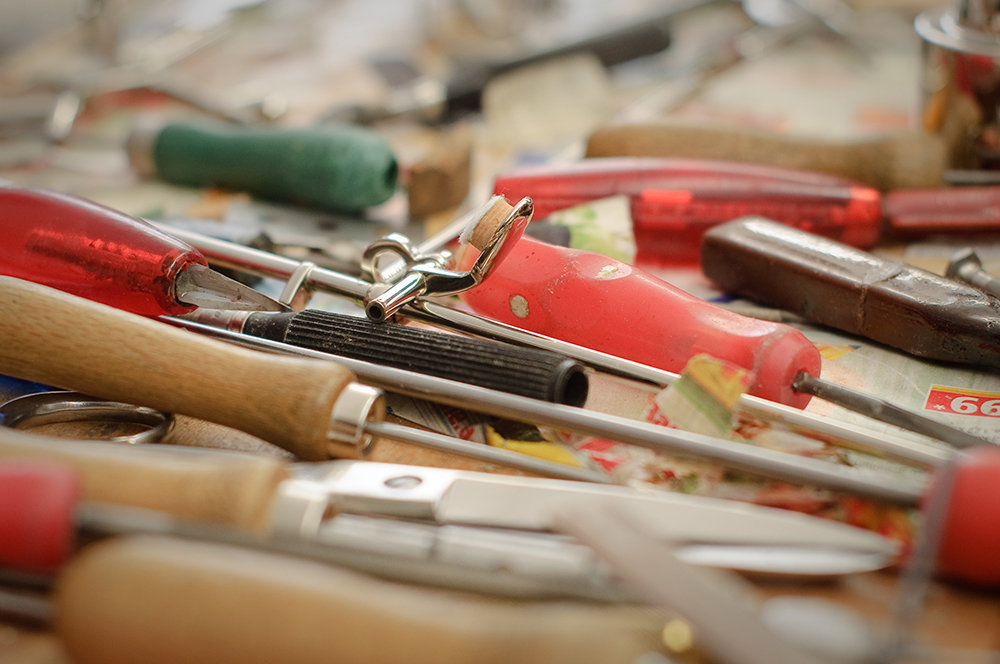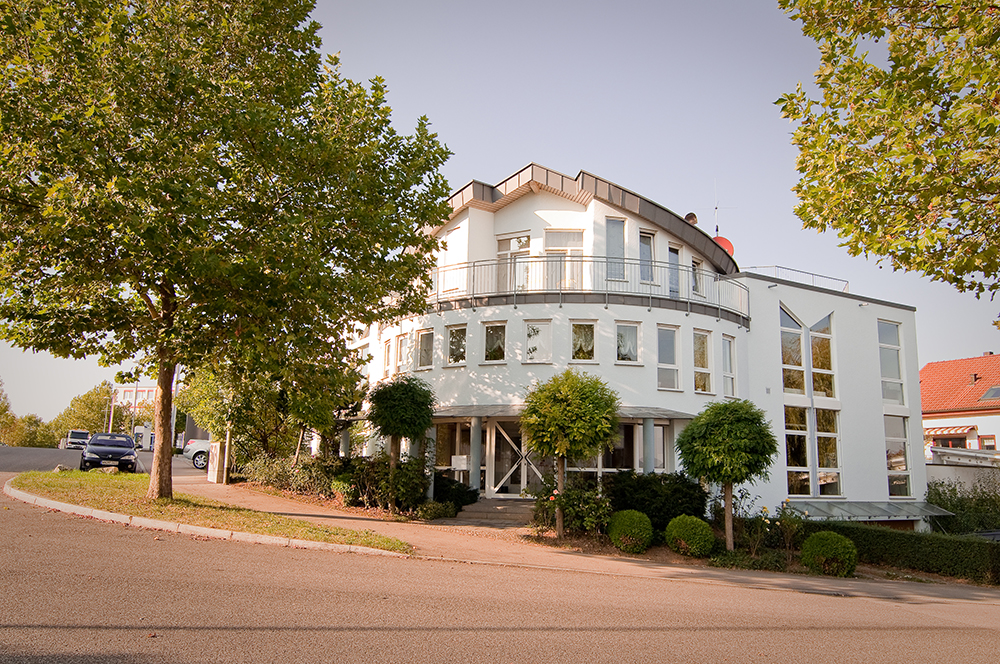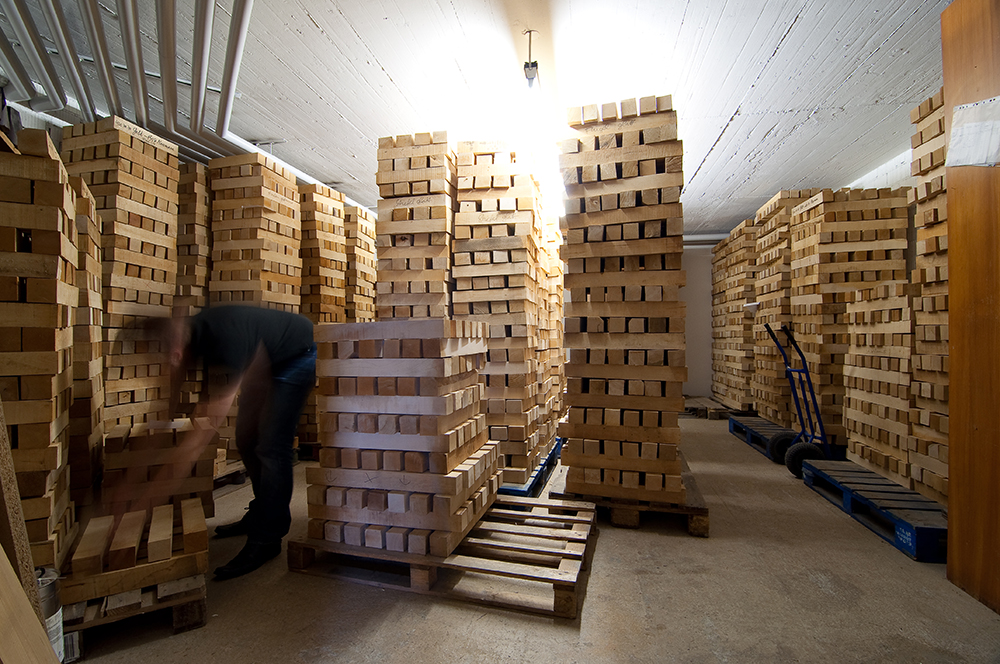
ABOUT MOOSMANN BASSOONS
A Brief History
The Vincent Kohlert instrument making company was established in 1840 in Graslitz, Czechoslovakia and produced bassoons based upon J.H. Heckel’s original designs. By the early 1900s the company had grown to 600 employees and produced a variety of woodwind instruments. Kohlert bassoons were considered to be some of the best available at that time.
After World War II, many instrument makers escaped from behind the Iron Curtain and resettled in Germany. Most restarted their companies from nothing. Kohlert settled in a “barracks” in the small village of Winnenden, Germany.
Albert Moosmann was hired at the new Kohlert factory to make bassoons and German-system clarinets. He was the first German to work for the Kohlert Company. This relocated company was very successful, though a poor business decision caused them to go into bankruptcy.
Bernd Moosmann, who apprenticed with his father, Albert, purchased the Kohlert Company in the early 1980s and became Executive Director of the Bernd Moosmann GmbH in 1987. The new company chose to specialize in bassoons and German-system clarinets. Bernd was awarded 1st National Champion of the “Leistungswettbewerb der Deutschen Handwerksjugend” and received his Master Craftsman Certificate in 1981. Three of Bernd’s apprentices have also earned the National Champion award.
Each Moosmann bassoon is unique. This is because Herr Moosmann, the award-winning Master Craftsman, undertakes critical manufacturing steps like bore, lining, and tone holes personally. A team of key-makers and finishers completes the manufacturing process. Once ready, each new bassoon is returned to the Master for final tuning and adjustment. This assures very consistent performance and excellent quality control for each bassoon manufactured. Bernd Moosmann’s bassoons are sold today on 5 continents and are used by professional players, teachers and students around the world.






Special Features of Moosmann Bassoons
- Each Moosmann bassoon utilizes Bosnian Mountain Maple as the preferred body material. The climate in Bosnia is very harsh, and these maple trees grow slowly in the mountainous, high-altitude climate. The resulting maple wood is very dense, which provides a lot of ring and resonance to the sound. This Bosnian Mountain Maple is preferred by the top German bassoon makers. By contrast, domestic Red or Black maple trees have a much better climate for growth and develop very quickly. The resulting wood is much softer and produces bassoons with very nice dark tone, but without the ring and resonance of the mountain maple. The ring and resonance of our mountain maple results in a much bigger sound in the concert hall. Our players generally win All-State and other competitions against other brands of bassoons.
- Moosmann Bocals are made of German Silver and are silver-plated. The bore and manufacturing technique is very similar to that of the Heckel CC type bocal. This results in a bocal that has a big, open sound with great pitch stability and exceptional high note response. Two of these $1,100 retail bocals are included with each bassoon. These bocals come in two types – AW1 and AW2 – where A indicates the bore type, W the German silver-base material, and 1 or 2 the length of the bocal. The AW1 is of equivalent length to a Fox #2 bocal and the AW2 is of equivalent length to a Fox #3 bocal.
- Moosmann and BAM France collaborated in developing the St Germain & High Tech bassoon case included with each Moosmann bassoon.
- All Moosmann Bassoon accessories are supplied by BG, a company known for creating high-quality swabs. Included with each bassoon are swabs with safety cords made from silk and bamboo, a cup-style leather seat strap, and cork grease made by Superslick.
- The Moosmann “Whisper Key” has an oval shape and a deep cup for the pad. This allows for tuning adjustment of the bocal AND protects the pad from bocal vent damage.
- The tenons of the long joint and wing joint have a protective brass band that helps prevent damage to the end of the joints.
- Moosmann Bassoons also have a unique tenon design. They are cylindrical, rather than conical, and use cork instead of string. This results in less maintenance of these connections, and the use of cork allows for cushion as the bassoon adapts to the changing humidity conditions. There is no need to add or remove string or dental floss to get the right fit under changing conditions, and no more worries about joints getting loose and falling apart.
- Bernd Moosmann uses a special lining material in both sides and the boot joint to protect the wood from moisture.
- German silver base material is used for the keywork on Moosmann bassoons. Moosmann’s exacting formula of nickel-silver produces very strong keys that resist bending and are heavily silver-plated for long-term durability.
- Each Moosmann bassoon comes with a Rotary Whisper Key Lock mechanism. This mechanism is precisely located for ease of use and reliability.
- On the long keys and round hinge tubes that are generally unsupported on other bassoons, Moosmann adds extra guides to ensure correct alignment of the keys, increasing long-term reliability.